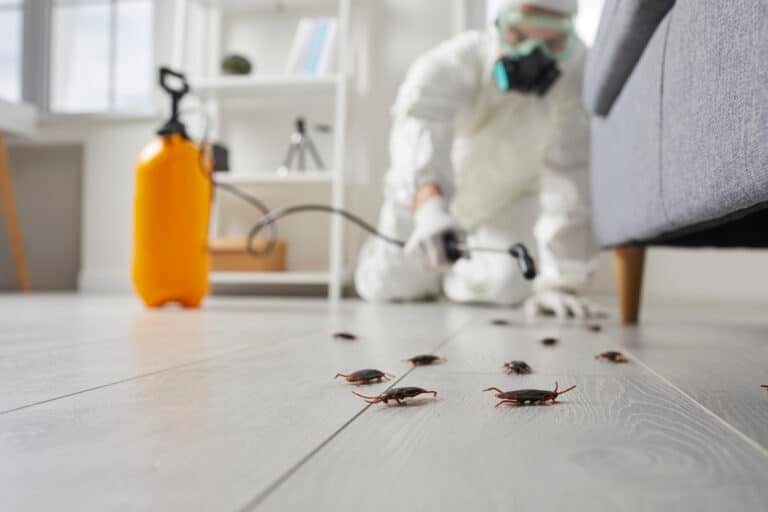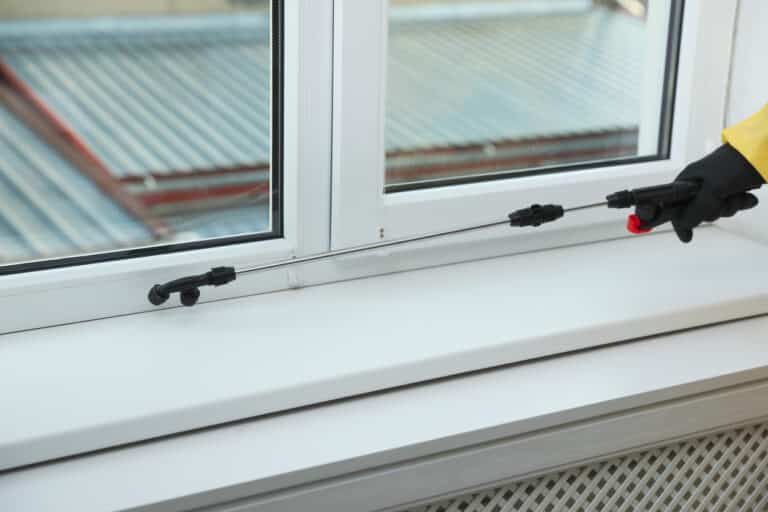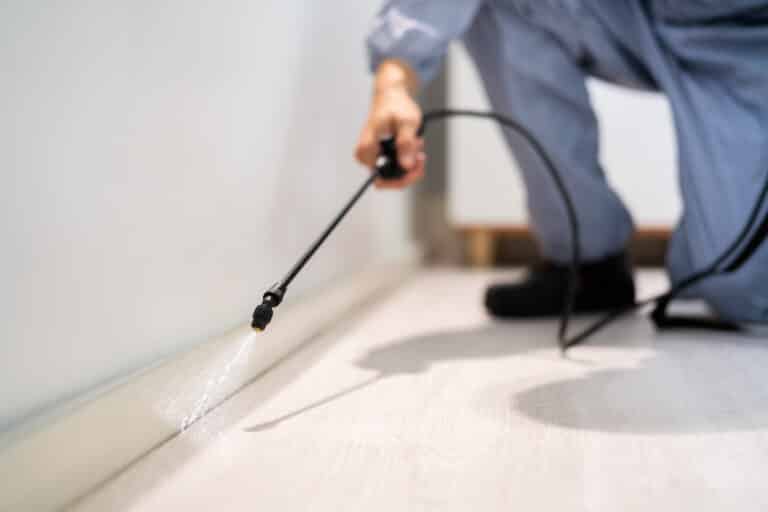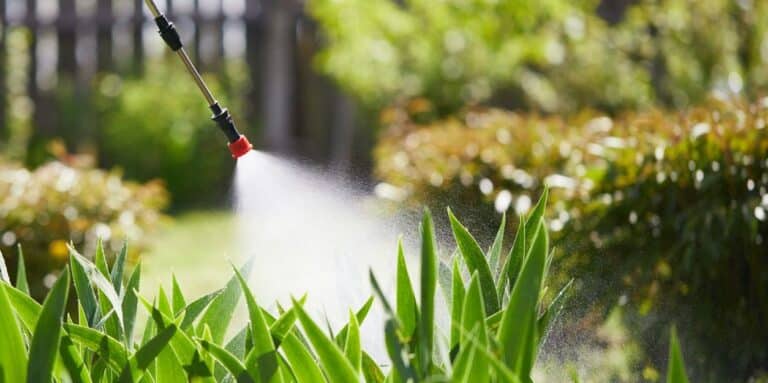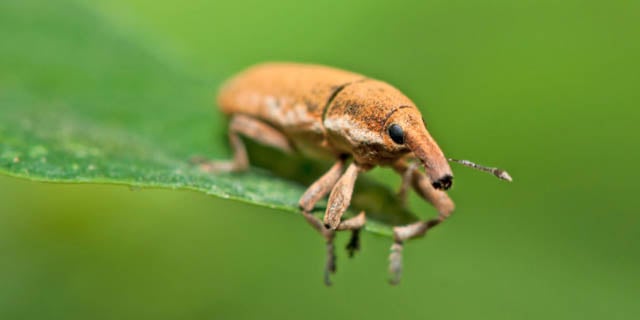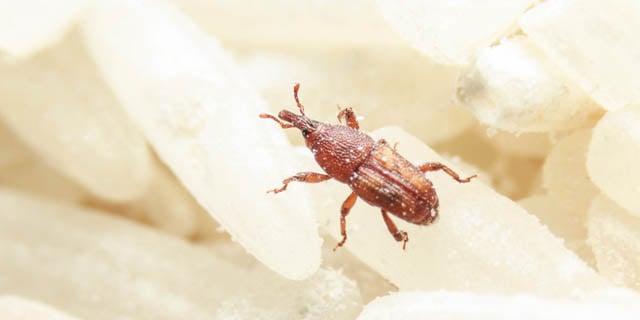
The Moxie
info hub
Sharing our expertise
Together, let's make America's homes bug free
Latest articles
How to Help Protect Your Garden from Common Garden Pests
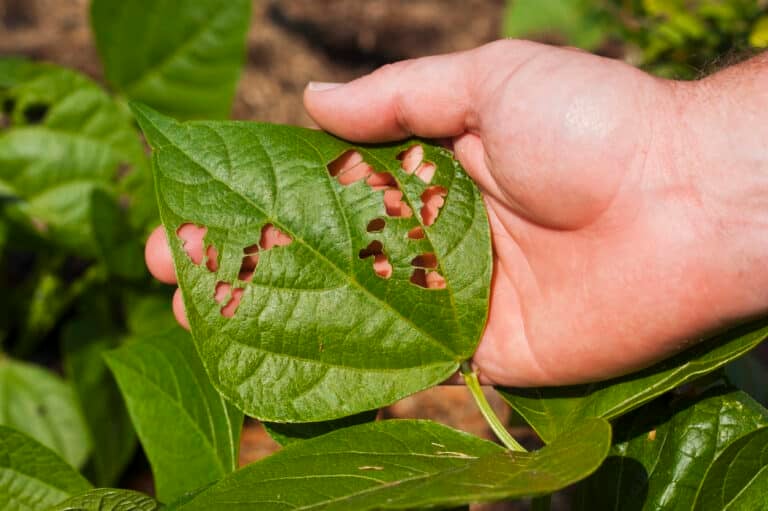

How to Help Protect Your Garden from Common Garden Pests
Read more
Top 5 Most Destructive Pests and How to Prevent Them
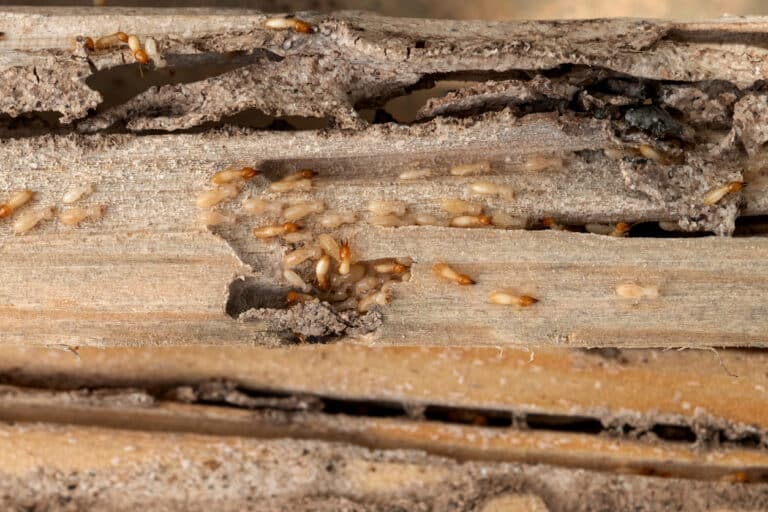

Top 5 Most Destructive Pests and How to Prevent Them
Read more
How Weather Affects Pest Behavior and Infestation Risks


How Weather Affects Pest Behavior and Infestation Risks
Read more
How to Identify Signs of a Pest Infestation in Your Home
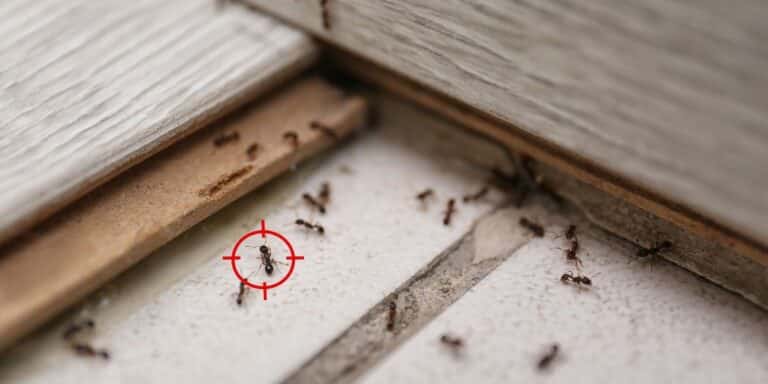

How to Identify Signs of a Pest Infestation in Your Home
Read more
Can You Get Termite Droppings From The Ceiling?


Can You Get Termite Droppings From The Ceiling?
Read more
